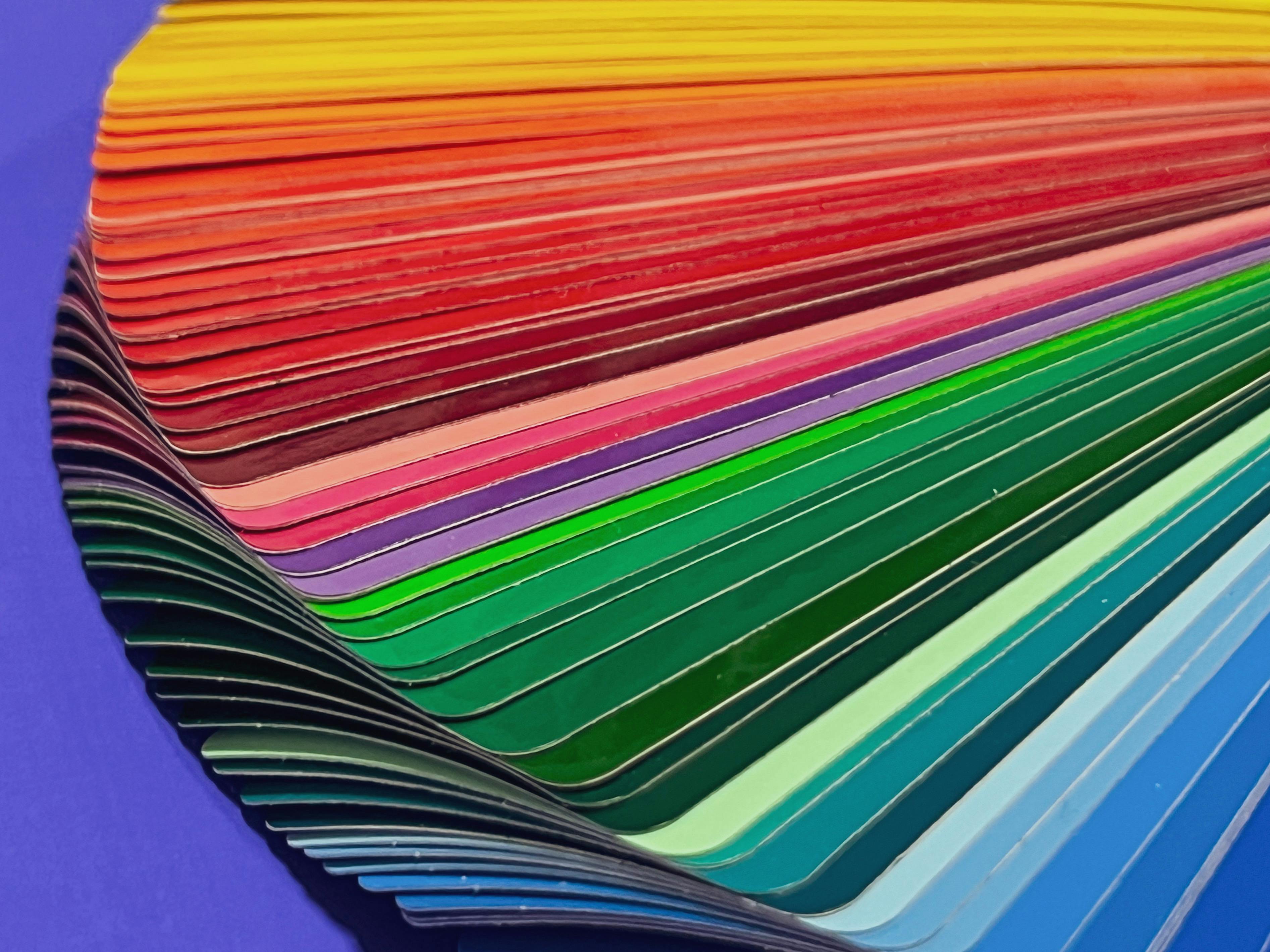Pop-up cards have long been cherished for their ability to surprise and delight. These intricate paper creations add a three-dimensional element to what is often a flat medium, transforming a simple card into a miniature piece of art. But beyond the clever engineering and paper-folding techniques, there lies another critical aspect that makes pop-up cards so captivating: the use of color.
The Magic of Pop-Up Cards
Pop-up cards are a marvel of paper engineering. They leverage various folding techniques, tabs, and slots to create elements that spring to life when the card is opened. Whether it's a bouquet of flowers, a festive birthday cake, or a scenic landscape, the pop-up element adds an extra layer of engagement and wonder.
History and Evolution
The history of pop-up cards can be traced back to the 13th century when the earliest forms of movable books appeared. Over time, the techniques evolved, becoming more sophisticated and intricate. Today, pop-up cards are not just for children’s books; they are cherished as keepsakes, used for special occasions, and even considered as collectible art pieces.
Techniques and Materials
Creating a pop-up card requires precision and creativity. Basic tools include a craft knife, ruler, cutting mat, and high-quality paper. Advanced designs might incorporate multiple layers, different textures, and even mixed media. Tutorials and templates are widely available, making this art form accessible to beginners and advanced crafters alike.
The Theory of Color
Color theory is a fundamental aspect of design and art, and it plays a crucial role in the impact of a pop-up card. Understanding how colors interact, how they can convey emotions, and how they guide the viewer’s eye can elevate a pop-up card from simple to spectacular.
The Color Wheel
The color wheel is the foundation of color theory. It consists of primary colors (red, blue, and yellow), secondary colors (green, orange, and purple), and tertiary colors (combinations of primary and secondary colors). By understanding the relationships between these colors, you can create harmonious and visually appealing designs.
- Complementary Colors: Colors opposite each other on the wheel (e.g., red and green) create a vibrant look when used together.
- Analogous Colors: Colors next to each other on the wheel (e.g., blue, blue-green, and green) are pleasing to the eye and create a serene design.
- Triadic Colors: Three colors evenly spaced around the wheel (e.g., red, yellow, and blue) offer a balanced and lively color scheme.
Emotional Impact of Colors
Colors evoke emotions and can set the tone of your pop-up card. Here are some common associations:
- Red: Excitement, passion, love
- Blue: Calm, trust, sadness
- Yellow: Happiness, energy, warmth
- Green: Nature, tranquility, growth
- Purple: Luxury, creativity, mystery
By carefully selecting the colors you use in your pop-up card, you can enhance the emotional impact and make the recipient’s experience even more memorable.
Combining Pop-Up Cards and Color Theory
When designing a pop-up card, consider how the colors will work together to enhance the overall effect. Here are some tips:
- Plan Your Palette: Choose a color scheme that matches the theme of your card. For a birthday card, you might opt for bright, cheerful colors, while a wedding card might use more muted, romantic tones.
- Use Contrast Wisely: High contrast between elements can make the pop-up features stand out more, adding to the surprise factor.
- Layer Colors: Create depth by using different shades and tints. This can make the pop-up elements feel more dynamic and three-dimensional.
- Test Your Combinations: Before finalizing your design, test different color combinations to see how they look together. This can help you avoid clashing colors and ensure a harmonious design.
Conclusion
Pop-up cards are a unique and delightful form of art that combines engineering and aesthetics. By understanding and applying the principles of color theory, you can create pop-up cards that are not only mechanically impressive but also visually stunning. Whether you are making a card for a special occasion or simply exploring a new hobby, the careful use of color will enhance your creations and bring joy to those who receive them.

